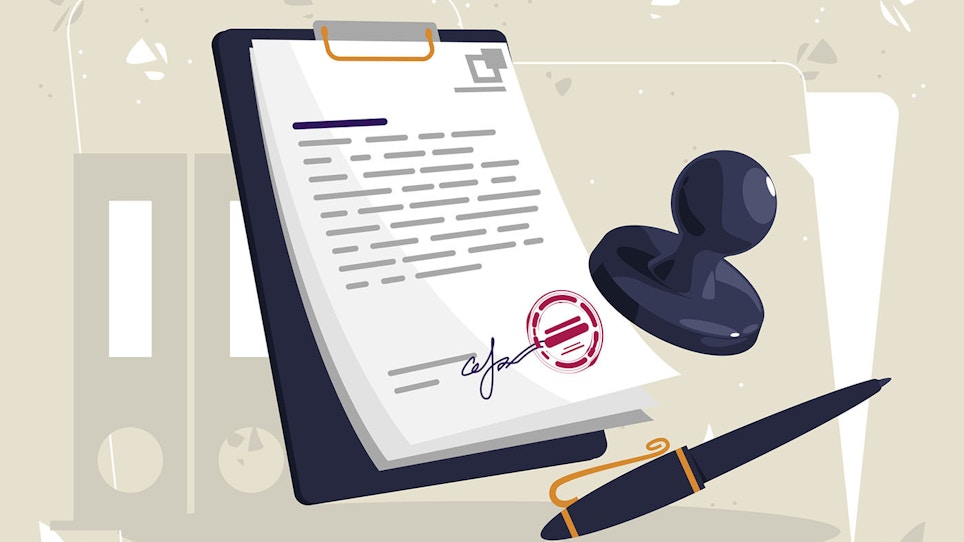A press release isn’t something to be taken lightly. Since it’s an official announcement about your company, many prefer to outsource press release writing to professional copy writers. However, there’s no reason you can’t roll up your sleeves and knock one out on your own.
As the editor of Soldier Systems Daily, I receive multiple press releases per day. Some are great and some are awful. Here are some tips to help send the right message. While some of these are things I prefer to see, many tips are essential for a successful message.
Know your audience. The whole point of marketing is to build enthusiasm and loyalty among your customers. You need to know who they are. One company I recently met with, a reseller, had three different audiences it had to influence: investors, customers and the brands they sold. The first two make complete sense, but some might find it odd that a company would want to build goodwill with their suppliers. However, when a retailer is looking for price breaks and other favorable terms, some positive press always helps.
If it’s a highly technical piece and you’re writing to an audience who is attuned to your company, then it’s okay to use jargon and common acronyms. But if you’re writing to a wider audience such as new customers or potential investors, then dumb it down, explaining the material a bit more and spelling out acronyms the first time you use them in the release.
You control a press release, so paint the rosiest picture possible. However, if it’s in response to a negative situation, be honest and follow the rules I laid out in my previous article on how to deal with mistakes. In a nutshell: Acknowledge the issue, tell your audience what you are going to do to fix it, and do something positive to make it up to them.
You’ve got to have a headline. It’s the first thing anyone sees and may be the only thing they bother to read, so don’t be vague. I’ve had companies send me press releases without a headline, expecting me to come up with one for them. If it’s their story, why would they rely on me or someone else to create the most important part of their story?
Think of it as an attention-grabbing bullet point. You want to draw the reader in. Your headline shouldn’t include a period, but you may want to use other punctuation to make your point.
For the body, you’re informing the reader, so give them the 5 W’s — who, what, where, when, and why — as they answer most questions. Think of it as your written elevator pitch. Give the reader enough to provide basic information, but you want to direct them over to your platform to close the deal.
Bottom line up front. I’m sure you’ve heard this before, and it applies here. If the reader only spends time on one paragraph, the first one should give them a good idea of what you are telling them. Use follow-up paragraphs for details and establishing relevancy to the reader.
While the basic structure may be the same as those painful five-paragraph papers we had to write in grammar school, don’t keep repeating yourself. Attention spans have gotten shorter, particularly for the written word. Make your point and move on.
I suggest you include at least one image, even if it’s just your company’s logo. A PR with an image is much more likely to be read.
Make sure you provide links to your web presence. While you may want to embed links within your PR where relevant, make sure the reader knows where to find you, including social media. Many companies create a boiler-plate footer with embedded links which they include in every PR. Additionally, they include an “about” paragraph which gives basic info about the company and what it does. Once again, use the 5 W’s.
Be sure to run your PR through a spelling and grammar check. Also, have others read it. It should flow nicely and be easy to read.
Next, think about the file type you’ll use. Consider a simple word processing format like a text file, Apple Pages, or Microsoft Word. It makes cutting and pasting simple.
Two file formats you shouldn’t use are Adobe Acrobat (pdf) or an image file like is used for billing and legal documents. Some marketing professionals use these formats in an apparent fear that their words will be changed if they are offered in an editable format. The goal of a press release is dissemination by others, particularly the media. If they are sharing your PR word-for-word, they’ll just want to cut and paste. You can’t do that effectively with either of those formats, particularly if you’ve embedded images. Alternatively, if someone in the press wants to dissect your PR for facts and quotes, the same goes. They’ll want to copy data directly from the PR. Forcing a writer to rewrite your release can result in errors, or worse yet, they’ll just ignore it and move on to the next source because it’s more work than they’re willing to commit to.
Many companies pay a wire service to post their press releases, but it’s also a good idea to develop a list of relevant media outlets. Even if they don’t republish your PR, it may serve to pique their interest for a full-blown feature.
Finally, make sure you fully staff the press release before you send it out. Make sure it’s factual and on message. It’s very frustrating for all involved to recall what’s already been published via the web.






